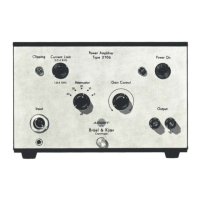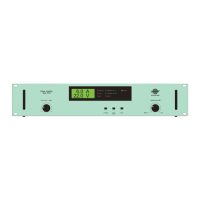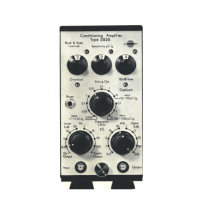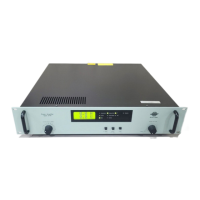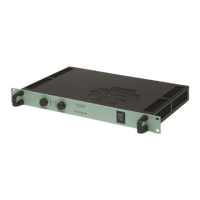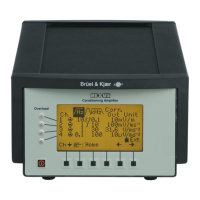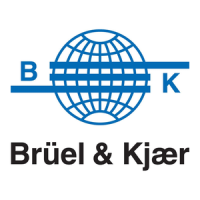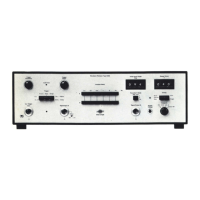Measuring Ampifier Type 2525
User Manual Vol.2
Brüel & Kjær
4–2
Chapter 4 – Syntax and Data Types
Formats for Interface Messages
4.1 Formats for Interface Messages
4.1.1 Terminology for Interface Messages
The data transmitted to and from the Type 2525 Amplifier conforms to a subset of
the ANSI/IEEE Standard, IEEE 488.1 (1987), “IEEE Standard Codes, Formats, Pro-
tocols and Common Commands”.
Both the IEEE and serial interfaces are used to transfer data to and from the
amplifier. This transferred data is referred to as a “message”. Two types of message
can be sent to the amplifier, “command” and “query” messages. Messages output by
the amplifier replying to a query message from a controller are referred to as “re-
sponse” messages.
Messages to the Amplifier
The interface messages are designed according to the ANSI/IEEE Std 488.2-1987
(IEEE Standard Codes, Formats, Protocols, and Common Commands) allowing for
compound messages.
Messages that include both a message header and a message sub-header are called
compound headers. In compound headers, the message header is called the header
path. Interface messages are constructed in a hierarchy in which some of the mes-
sages are “root” messages while other messages are only defined for a specific mes-
sage header.
Example
:Display_Set_Up
is a “root” message
:Measurement_Mode
is not a “root” message since it requires the message header
:Channel_1
to be valid.
Whenever a message is preceded with the optional (:), the message parser assumes
that the message to be parsed is a “root” header, and hence only “root” headers are
recognized.
This means that it is always legal to fully specify any message header using the (:)
and the message header (header path + sub header, or header only, if no sub-header
is defined for the message in question).
Interface messages may be joined together using the Program Message Unit Sepa-
rator (;).
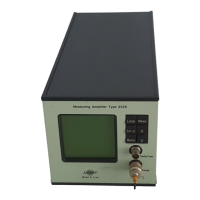
